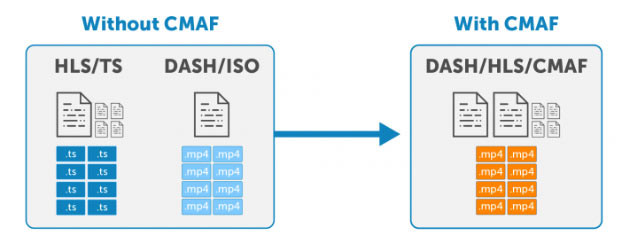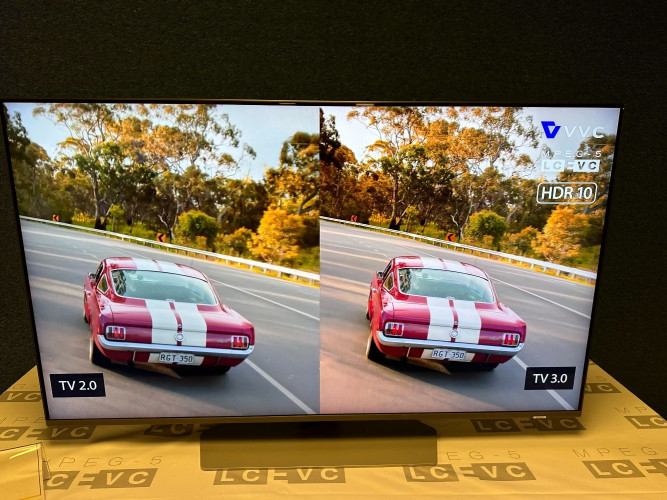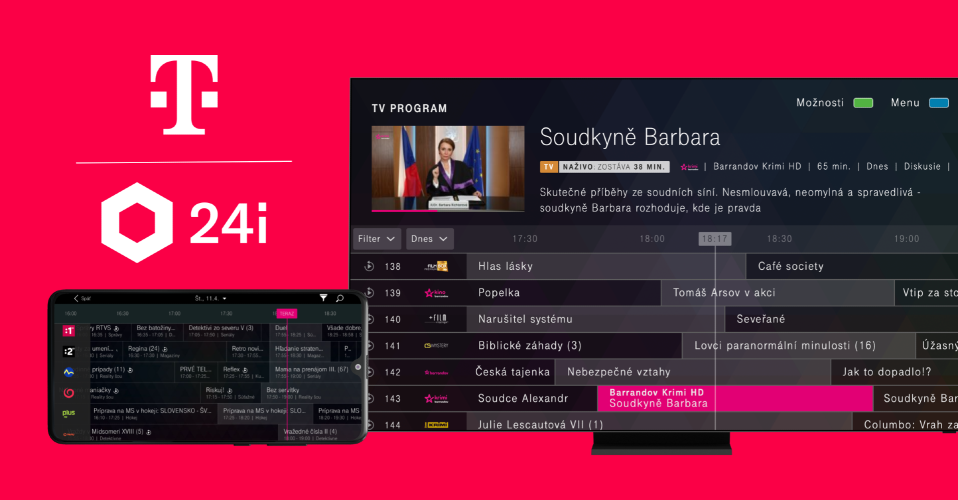by John Halksworth Issue 96 - December 2014
Given the increasing popularity of 4K or Ultra High Definition (UHD) televisions, as well as 4K-capable video cameras, it is safe to say that 4K/UHD is here to stay. While filmmakers in all spheres have been shooting in 4K for some time, distribution of 4K is still in its infancy with very few cinemas showing films in this format.
The benefits of shooting in 4K are widely recognised - better colour, sharper images and improved opportunities to future proof work - and are affecting broadcasting and the use of 4K/UHD in television. There is, however, a definite gap in the broadcast workflow between capturing the 4K content and delivering it to viewers.
The gap exists largely due to the limited availability of source transmission equipment that suits the requirements of broadcasters, and partly due to the method of transmission itself. 4K/UHD requires four times the bandwidth of HD, so where do the barriers lie?
A number of broadcasters are already experimenting with 4K/UHD transmissions. This includes the likes of Sky Sports that is capturing 4K content and transmitting to viewers\' screens via satellite using high efficiency video coding (HEVC). In addition, OTT (over the top) operator Netflix is streaming a number of shows, including House of Cards, Breaking Bad and Blacklist, in 4K. However, the additional cost to viewers and the limited selection of programmes could be a barrier to wider spread uptake.
There are, in fact, many options, including SDI and HDBaseT. However, in keeping with a pervasive trend within the broadcast sector, which is the move to adopt IP as a method of transport over a standard network, the use of IP is perhaps the solution that operators are looking for.
In addition, broadcasters are moving away from the use of and reliance on specialist hardware - often proprietary technology - which further reinforces the use of ubiquitous and cost-effective IP as a transport method and supplies a vital link to 4K/UHD. In addition to providing excellent value for money, IP offers broadcasters numerous benefits. It is reliable, flexible, easy to scale up or down, and because it uses a standard network infrastructure, which already exists to varying degrees in organisations, no significant additional investment is required in terms of transport infrastructure. IP can also deliver video in high resolution and frame rates that are needed by broadcasters for quality transmission.
Applied to use within the broadcast environment, the benefits of using IP are making it increasingly popular. From outside broadcasts and the galley control room, to post production suites, IP is gaining traction, especially in areas where switching and extension technology delivers added functionality, flexibility and scalability to operations through high performance KVM (keyboard, video and mouse) technology.
Looking at comparable methods, such as 12G SDI and HDBaseT, the benefits of using IP are largely lost. For 12G SDI, for example, specialist equipment and hardware is needed in order for it to work. Fibre also requires an infrastructure to support it, while the method of transport itself is not expensive. Over standard copper wiring, 4K/UHD can be transmitted up to 100 metres before a repeater is needed. When transmitting 4K over SDI there are significant limitations; it can run over 100 metres of 6G coaxial cable, whereas 12G SDI will only go up to 30 to 40 metres.
HDBaseT is a connectivity standard for the distribution of uncompressed HD multimedia content and was originally designed as a consumer technology to move HDMI signals around the home. It can transport 4K over distances of up to 800 metres with a repeater, however, it is not ideal for moving 4K/UHD signal at high refresh rates. HDBaseT also requires expensive switching technology and high power requirements.
What makes IP ideal for transmitting 4K/UHD signal is the fact that it can be transported over any distance. It overcomes any distance limitations and adds other benefits such as cost-effectiveness and reliability.
Many argue that moving 4K/UHD signals over IP could be restricted by bandwidth. However, 10GB, 40GB and even 100GB Ethernet is rapidly evolving and will soon become another part of the broadcast landscape, offering a comprehensive solution to ensure that 4K to the home becomes a reality.




































